All about power generators
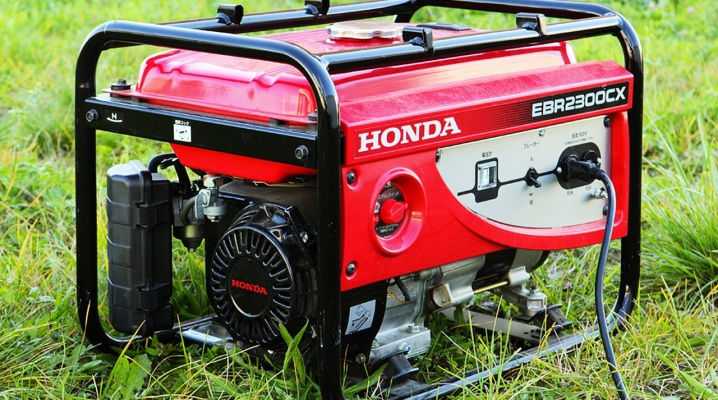
Knowing everything about electric generators is necessary not only for engineers, production managers and various managers, as is usually believed. Knowledge of the principle of operation of an electric current generator is a basic general cultural knowledge of the modern world. Understanding the types of generators, what they consist of, how to choose a device, can significantly improve your own life and guarantee comfort even with a sudden power outage.
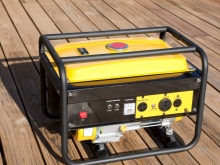
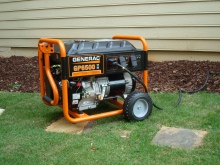

History of creation
It is impossible to say exactly which specialists invented the electricity generator - many engineers and electrical engineers have been working on it for decades. Work on such a technique continues even in the 21st century, when, it would seem, nothing significant can be added. A decisive step towards the creation of a generator was the discovery of the interaction of the electric field and the magnetic needle in 1820. Gradually, it was possible to discover that an electric current is obtained only in a moving magnetic field or when a conductor moves in it. The honor of such a discovery is shared by Anjos Yedlik (Austria, 1827) and Michael Faraday (England, 1831).
Although the first was a Hungarian scientist, the efforts of his British colleague were much more famous. It was he who thoroughly and comprehensively investigated electromagnetic induction, and not just tried to create a specific mechanism. In addition, Yedlik was only able to move from prototypes to a full-fledged dynamo machine only in the 1850s. But Michael Faraday created an electricity generator (although still imperfect) back in 1831. Dynamo machines were historically the first type, but because of the size and complexity of the commutation they left the scene.
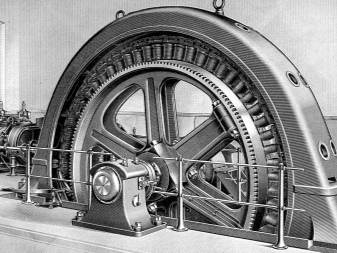

The year of the invention of the first electric machine in Russia is 1833. At the same time, Emmanuel Lenz discovered the reversibility of systems - one apparatus can be used both for generation and as an electric motor.
But archaic serfdom did not allow to take advantage of promising developments, and soon the priority irrevocably went to the industrially developed states. Until 1851, all generators were made only with permanent magnets; in the next 16 years, it was possible to increase power due to simple electromagnets. In the years 1866-1867, several developers at once presented electric machines with self-excited magnets.
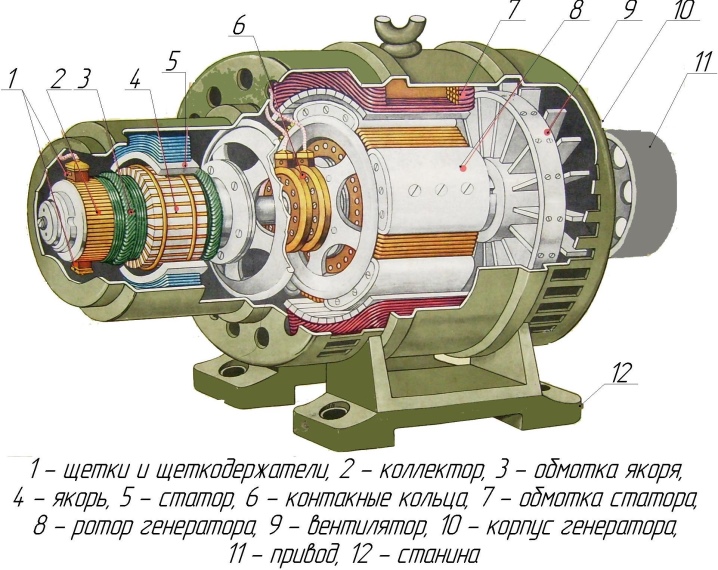
The generator of the Belgian-French inventor Zenob Gramm, built in 1870, first began to be widely used for industrial purposes. Once the diesel engine came along, an unidentified developer figured out how to use it as a generator drive. Already in the 1920s, diesel generators began to be actively used in industry. Research by physicists in the 1940s led to the creation of magnetohydrodynamic generators. But such systems can be used exclusively at large power plants, there are no prospects for their domestic use.
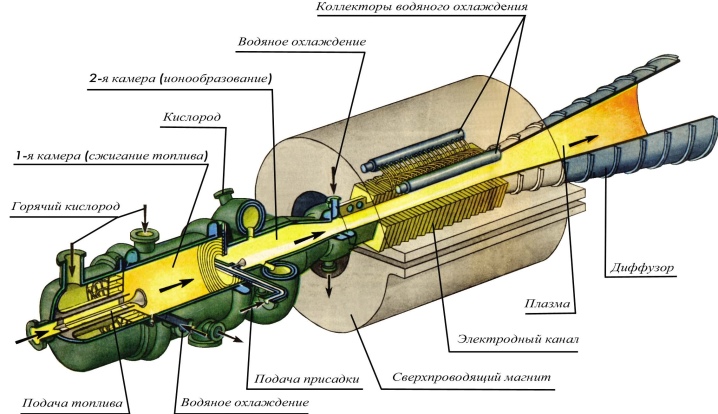
Device and principle of operation
Any electric generator converts a mechanical impulse into an electric current. It is obtained by twisting a coil of wire placed in a magnetic field. The coil is divided into two main parts: a rigidly fixed magnet and a wire frame. Both coil ends are mechanically connected by a slip ring sliding on the carbon brush. This brush conducts an electric current.
The principle of operation of the generator also implies that the pulse generated by the rotating part goes to the inner contact ring. This happens exactly at the moment a part of the frame passes near the north edge of the magnet. The alternating current source usually works on the principle of the so-called strong current generation.
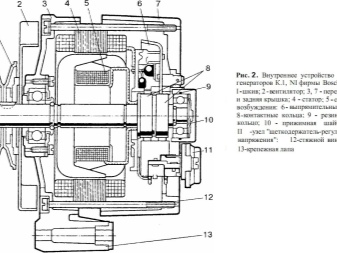
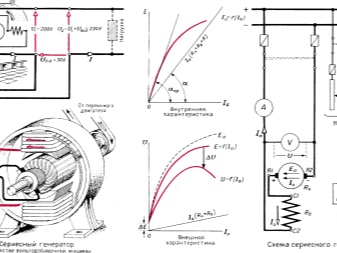
It has only one magnet, however, it moves around several windings. It is worth considering that the car generator is arranged somewhat differently.
It begins to act when the ignition system is started. At this moment, the current through the slip rings moves to the brush assembly and to the excitation system. There he generates a magnetic field. A rotor connected to the crankshaft generates electromagnetic oscillations. An alternating induced current is generated at the rewind terminal. The twisting frequency of the self-excited generator rises up to a certain level, and after that the rectifier is triggered.
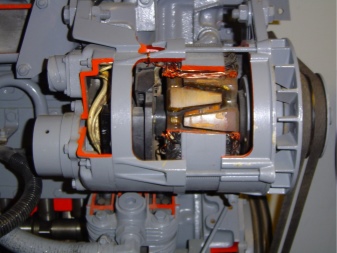

Although the basic principle of current generation is the interaction of the magnetic field, rotor and stator, various sources of mechanical energy can rotate a moving part. They can be:
-
flowing water;
-
hot steam;
-
wind;
-
internal combustion engines.
The synchronous type of generator is distinguished by the coincidence of the torsion frequencies of the stators and rotors. A permanent magnet is used as a rotor. When the device is started, the rotor starts to generate a weak field. As soon as the revolutions increase, a large electrical force begins to be generated. The pulse passes through the voltage regulator and is sent to the electrical network.
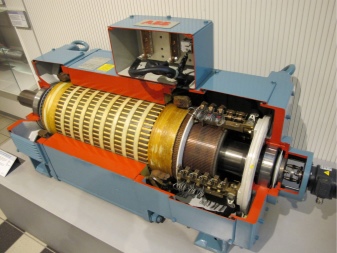
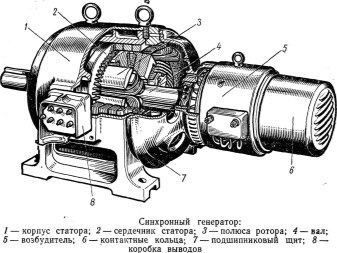
The synchronous circuit allows the parameters of the emitted current to be stabilized. However, there is a high probability of electrical overload. In addition, the brush assembly has to be serviced, and this immediately increases consumer costs.
Asynchronous models are continuously running in a decelerating mode. The rotor spins ahead of time, and its orientation coincides with the orientation of the magnetic field generated by the stator. Rotors can be either phase or squirrel-cage version.
The magnetic field in asynchronous devices cannot be adjusted. Therefore, the frequency and amperage of the current are determined directly by the number of turns of the apparatus. In recent decades, electrochemical generators, which generate hydrogen-based current, have played a significant role. They are trying to be used in cars, however, so far it has not been possible to displace the internal combustion engine. Another version of the generator - the solar battery works by means of the photoelectric effect.
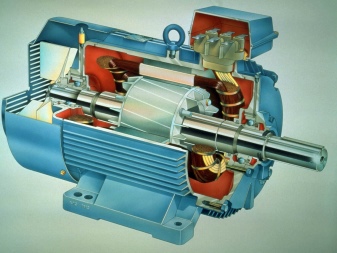

Views
By autonomy
Extremely autonomous type - these are manual power plants. In them, mechanical movement is obtained due to the muscular strength of the operator. Of course, there is no need to count on high productivity and long-term work. But you can confidently get current in any situation when you can not use either fuel or wind or water energy. Therefore, such generators can be included in emergency kits on aircraft, used in emergency cases by expeditions, the military, and so on. Conditionally autonomous electromagnetic devices - on a gasoline drive.
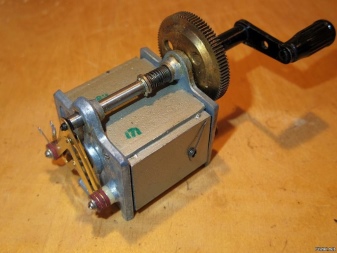
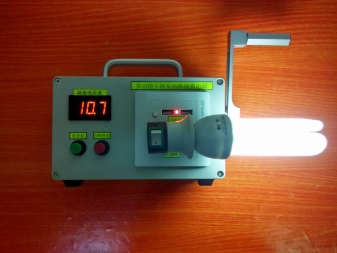
By the number of phases
There are single-phase and three-phase devices. In houses and apartments, three-phase power supply is rarely required. The exception is old engines, heating elements for a sauna and similar equipment.
The connection of single-phase consumers to a three-phase generator should be carried out according to the rule of uniform distribution.
A simple rule of thumb says: if the network consumes 20 kW or less, there is little sense in three phases.
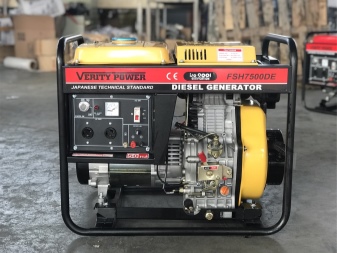
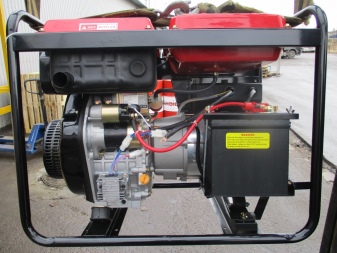
By mode of operation
The main devices used are designed to operate continuously. They usually run on diesel fuel, although there are exceptions. Such equipment can provide round-the-clock power supply, and it is it that is installed in large power plants and thermal power plants. Standby generator models are designed for emergencies (when the power supply is suddenly cut off).Work, too, sometimes goes on without interruption, but only for a few hours.
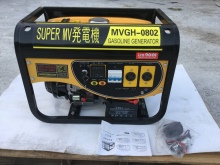
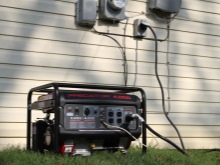

By area of application
Generators for household use are presented in a wide range. Almost all of them provide single-phase current. Normal values are 220 V, 50 Hz. The most powerful household devices are even used for welding, as well as for powering small workshops and car services.
Important: the possibility of using for welding must be specified in the documentation - otherwise the risk is very high.
For production purposes, powerful stationary electric generators are needed. They are also used for:
-
large construction projects;
-
microdistricts;
-
solid cottage settlements;
-
ports;
-
railway stations;
-
hospitals;
-
educational institutions;
-
office centers.
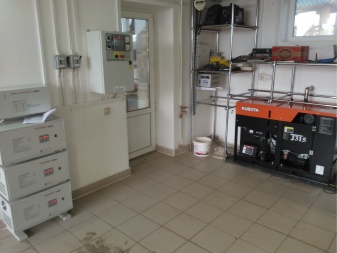
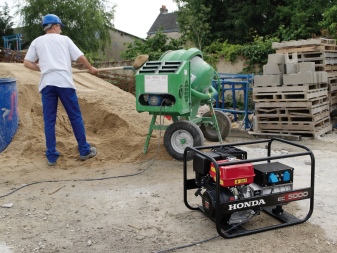
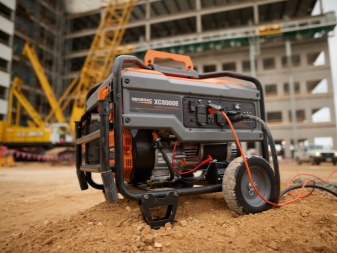
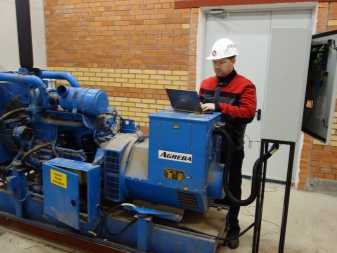
Classification of household appliances
Gasoline
Systems driven by wind or flowing water are only found in more or less large power plants. It is not so easy to use them in the field (hiking) conditions and even just at home. This is especially true for hydrogenerators. As for thermal power plants for private use, they almost always run on gasoline and give out limited power, devices more powerful than 20 kW can be found infrequently. Usually they use AI-92 gasoline, the use of AI-76 and AI-95 is possible only occasionally, and even then it is not recommended.
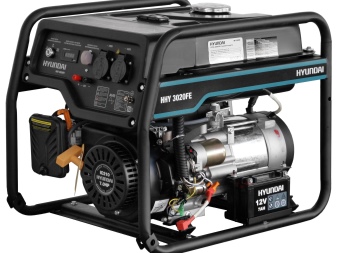
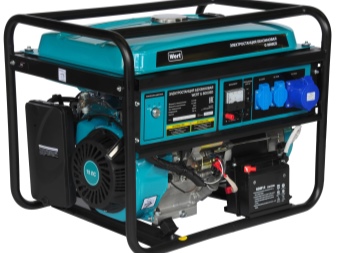
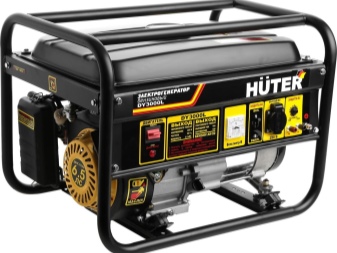
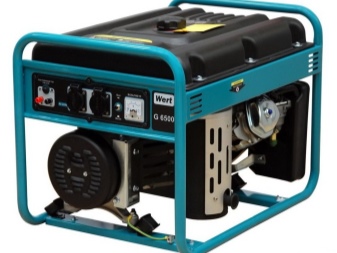
Diesel
Installations running on diesel fuel sometimes produce up to 3 MW of current. They will provide energy even for a large holiday village with garages and similar infrastructure.
Diesel generators are available in a mobile or stationary design. The range of such products is very large and obviously covers any need.
Even relatively weak models are suitable for supplying current to welding machines.
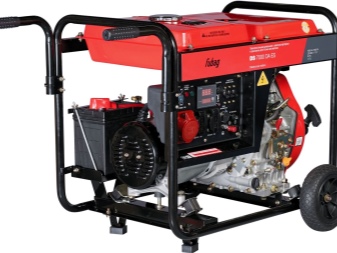

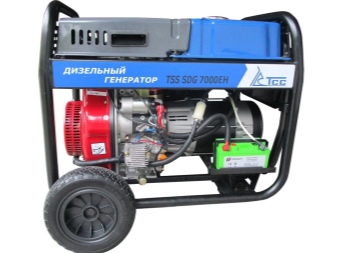

Manufacturers
Modern electric generators made in Russia confidently challenge foreign products. The most popular brands are:
-
"Svarog";
-
"Caliber";
-
Energomash;
-
Energo.


The range of Russian suppliers includes both household versions with a power of 1000-2000 W, and serious semi-industrial samples with a power of up to 5000 W. Finally, there are even significantly more powerful models that will help out builders and production organizers. A number of generators produced in the Russian Federation are equipped with advanced monitoring and control electronics that monitor technical parameters. However, there are also simpler versions - which are much more stable in difficult conditions. Finally, the products of Russian firms will definitely be available to consumers.
The household segment is represented, for example, by the EG-87220 model. It comes with a 14 month proprietary warranty. A fuel tank with a volume of 15 liters is sufficient in most cases, but autostart is not provided.
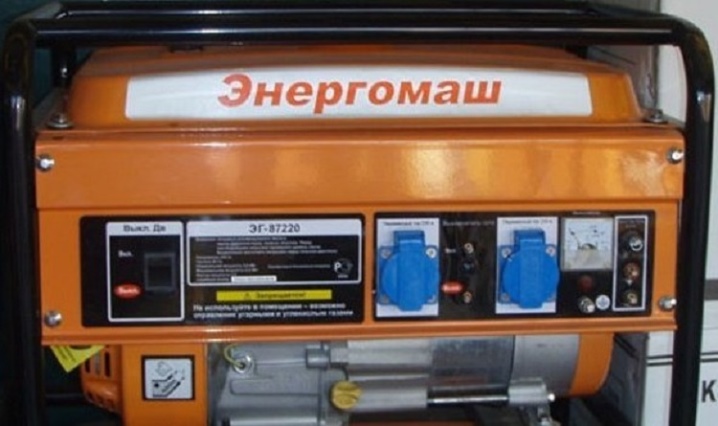
The highest power reaches 2200 watts. Operating voltage - expected 220 V.
Excellent generators are also supplied by the French company SDMO. In general, it is one of the world leaders in the production of electric generators of various types and capacities. You can easily find an SDMO gasoline power plant that can solve almost any conceivable task. They offer attractive performance. The assortment of the French concern includes models with special frames that dampen vibration. Equipped with excellent electronic components.
The K10M model draws attention to itself. It provides 230 V voltage and is controlled from the remote control. A power circuit breaker is provided, the ability to work at - 30 degrees. An anti-vibration system is installed on the frame. There is also a 12V charging generator.

Competing company Caiman entered the Russian market relatively recently. However, she has already managed to demonstrate the merits of her products as convincingly as possible. Its models are designed for minimal noise, and they can be safely installed even inside the house. All generators of this brand meet the highest environmental standards.Of course, the Caiman range includes devices of various capacities and sizes.
This brand can boast of the Expert 3010X model. It has an advanced air cooling option. The camshaft uses an improved chain drive.

The filter ensures that the generator starts up even in extremely dusty places. The automation will ensure that starting without oil is not possible. It is also worth noting:
-
a pair of outlets protected from moisture;
-
guarantee of battery life up to 210 minutes;
-
thoughtful cooling equipment;
-
excellent brushless system that does not require sophisticated maintenance.
The German manufacturer Endress occupies a very good position in the market. In Germany itself, which already says a lot, its devices are extremely popular. The company actively uses advanced complex solutions. As with previous suppliers, the range includes the entire range of power supply options. The power of the main part of the models varies from 1500 to 9000 W. Almost all Endress devices are capable of delivering 220 and 380 V.
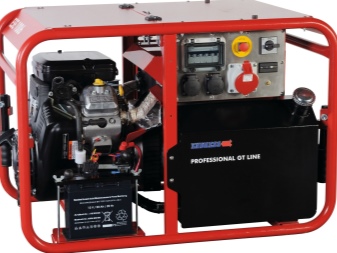
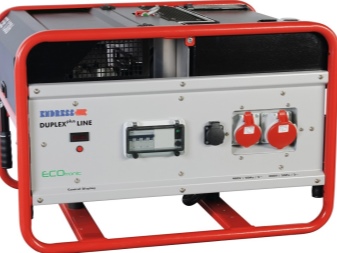
A good example is ESE 404 YS Diesel. This version is appreciated for its reliability and low fuel consumption. The power of the device reaches 3.9 kVA. The voltage rating of the single-phase generator is 230 V. The electrical protection is IP23.
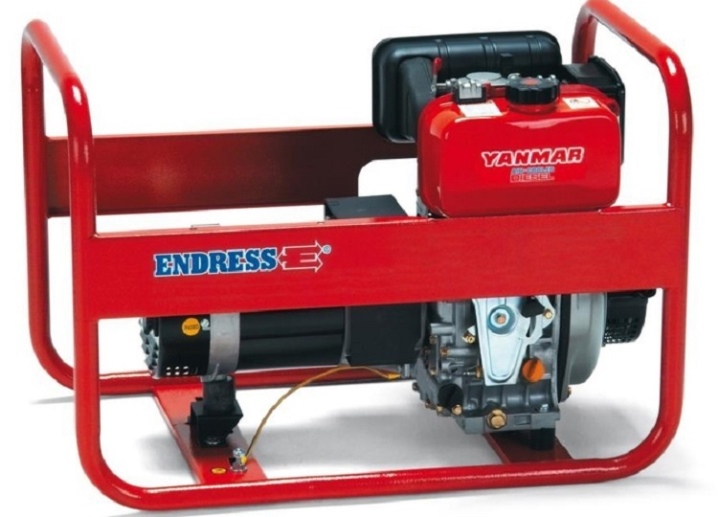
Speaking of German suppliers, it would be foolish to ignore another popular brand - Fubag. Its power generators are not inferior in quality to at least the more famous welding equipment. Fubag specialists care not only about the technical characteristics, but also about the original design, which makes it easier to service. The generators of this brand formally belong to the professional category. However, they are no less successfully used in the private sector.
The DS 16 A ES outdoor single-phase power plant delivers up to 13.6 kVA of current using a 51 liter tank. Air pre-heating is provided.
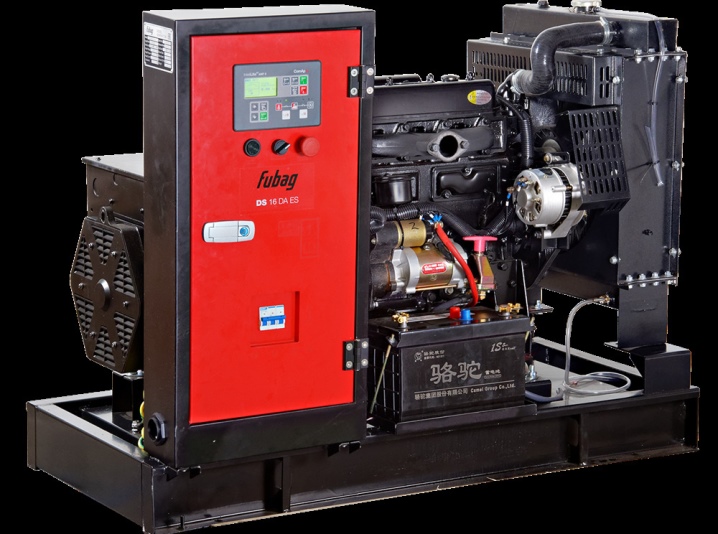
The designers took care of overload protection, the level of electrical resistance is IP23. The four-cylinder installation provides a current of 54 A. At a load of 75%, the device will work up to 10 hours.
Russian consumers have long appreciated the advantages of Resanta brand power generators. They are praised for:
-
high-tech details;
-
ease of service;
-
excellent weight-to-power ratio;
-
stability of the output voltage.
In the assortment, the BG 4000 R model, which runs on gasoline, stands out. Power rating - 3 kW, fuel grade - AI-92. The synchronous brushing system works flawlessly, the information is brought to the user by the display. Spark plug wrench, knob are included in the kit. In fact, production is carried out in China.
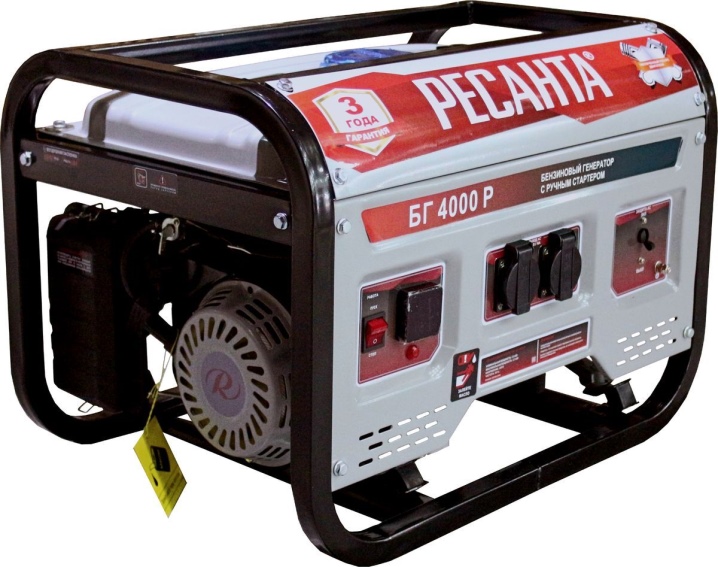
Among the Chinese firms, the ELITECH brand stands out favorably. In our country, he has been known since 2008. Such generators are not only of high quality, but also unpretentious and versatile. ELITECH products use the latest technologies, and therefore the company managed to push many former market leaders aside. Gas generators of this company are distinguished by a combined start, they can be made in a stationary or mobile form.

An example of a simple household generator is BES 950 R. With a tank capacity of 4.4 liters, it provides a current of 2.8 A. Start occurs in manual mode. Automation monitors the oil level and turns off the device as needed. The overhead valve two-stroke engine has a single air-cooled cylinder. The sound volume reaches 56 dBA. Norwegian power generators do not deserve special mention, unlike brands:
-
Makita;
-
Hitachi;
-
Hyundai;
-
Kipor;
-
Ranger.

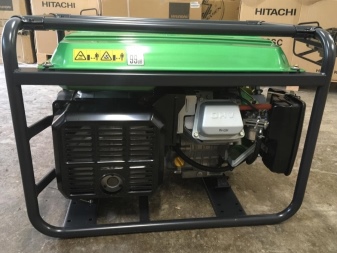
How to choose?
Buying a “just quiet” device is not entirely reasonable. As well as the most powerful device. First of all, you should decide for what purpose the generator will be used:
-
in seasonal power supply;
-
as a backup safety net;
-
as an emergency solution;
-
as a permanent source of energy.
For tourists, hunters, fishermen and part of commercial consumers, it is more correct to choose a mobile generator.He will also suit summer residents. But the power of the device is critical. It must be balanced: a weak technique will not "pull out" the task, and an overly strong technique will waste resources.
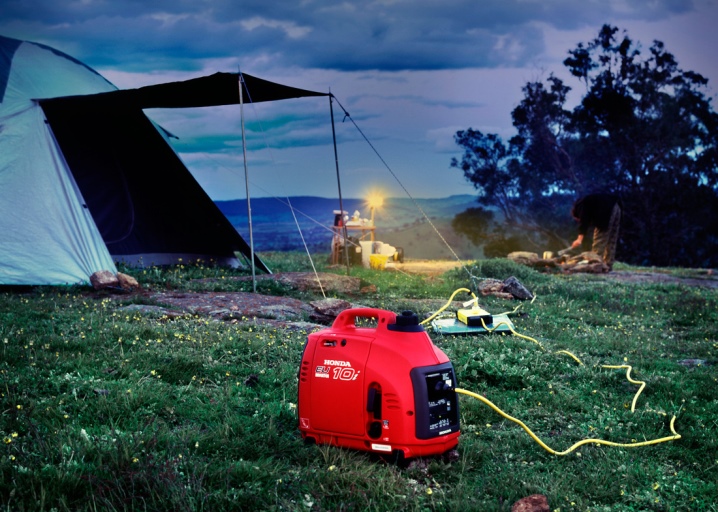
Determining the required indicator helps to take into account the starting current coefficient, as well as dividing devices into important and not very important (vacuum cleaners, washing machines, irons, microwave ovens are not necessary to add).
The number of phases is also very relevant. Only single-phase appliances can be powered from a single-phase generator. However, for domestic and suburban use, this is not too important. Three-phase models must be taken to equip building sites, industrial enterprises and their individual workshops. Important: they give out no more than 1/3 of the power per phase.
Another important aspect is the fuel used. The gasoline model will allow you to supply current to the house in case of periodic failures. These devices are compact, relatively lightweight and have little noise. They are actively used by small commercial firms - both production and trade. Diesel modifications are expensive, make a lot of noise, but they give out a lot of current and can work for a long time without interruption. Models are valuable where power grids are lacking as a class.
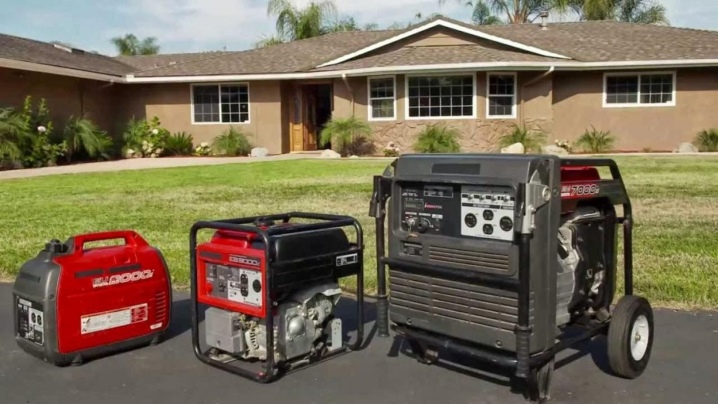
Dual-fuel versions will be more economical and more versatile than others. They usually run on gasoline and gas, and switching is easy.
Balloon liquefied gas is significantly cheaper than gasoline. This mode is even more advantageous when connected to a highway. Asynchronous devices are designed for power supply in the open air, they should also be used for particularly humid rooms.
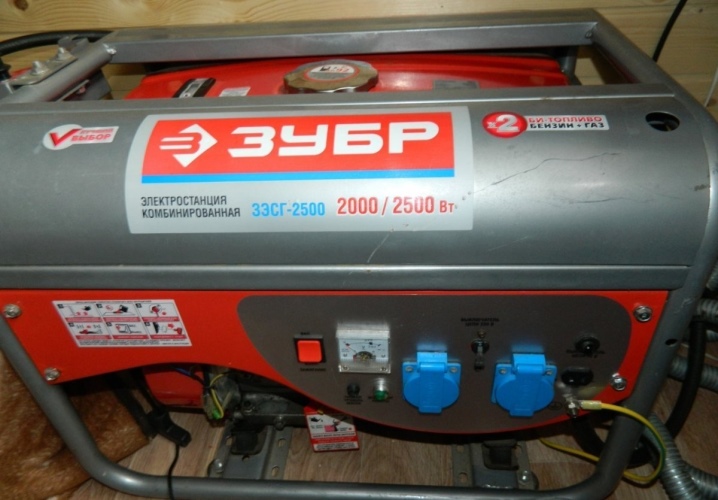
However, the problem is that brushless generators do not know how to deliver flawlessly high-quality current with an optimal sine wave. Home appliances and computers are best powered by synchronous devices. Even susceptibility to dust damage is justified by the stable parameters and high current characteristics. A copper-wound alternator is more expensive, but it conducts heat much better and has excellent power output. Additionally, you should pay attention to:
-
the presence of an AVR system (without it, power surges can break phones, tablets and laptops);
-
manual or electric type of starter;
-
the presence of an automatic start (and sometimes stop) option;
-
closed or open case (the first option is more stable and reliable, but it can overheat);
-
countdown of engine hours (allowing timely maintenance);
-
fuel consumption;
-
reviews;
-
service capabilities of the supplier.

Which generator to choose, see below.
An overview of the HUTER DY6500LXA generator, see below.













The comment was sent successfully.